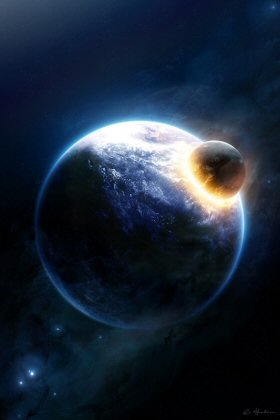
Two Earth-like planets orbiting a stable mature sun-like star some 300 light-years from Earth appear to have recently suffered a violent collision, leaving astronomers scratching their heads as to what could have triggered such a massive event and questioning whether such a collision could happen in our own solar system. While the astronomers – from UCLA, Tennessee State University (TSU) and the California Institute of Technology (Caltech) – cannot observe the planets directly, they can infer likely events from other tell-tale signs which they describe in an upcoming edition of theAstrophysical Journal.
“It’s as if Earth and Venus collided with each other,” said Benjamin Zuckerman, UCLA professor of physics and astronomy and a co-author of the paper. “Astronomers have never seen anything like this before. Apparently, major catastrophic collisions can take place in a fully mature planetary system.”
But those expectations were shown to be premature when it was established that BD 20 307 is actually a close binary star – two stars orbiting around their common center of mass. And the binary nature of BD 20 307 wasn’t the only surprise. “The patterns of element abundances in the stars show that they are much older than a few hundred million years, as originally thought,” Fekel said. “Instead, the binary system appears to have an age of several billion years, comparable to our solar system.”
The dust is orbiting the binary system very closely, where Earth-like planets are most likely to be and where dust usually cannot survive long. Typically, small dust particles get pushed away by stellar radiation, while larger pieces get reduced to dust in collisions within the disk and are then whisked away. Thus, the dust-forming collision near BD 20 307 must have taken place rather recently, probably within the past few hundred thousand years and perhaps much more recently, say the astronomers.
“This poses two very interesting questions,” Fekel said. “How do planetary orbits become destabilized in such an old, mature system, and could such a collision happen in our own solar system?”
“The stability of planetary orbits in our own solar system has been considered for nearly two decades by astronomer Jacques Laskar in France and, more recently, by Konstantin Batygin and Greg Laughlin in the U.S.A.,” Henry noted. “Their computer models predict planetary motions into the distant future and they find a small probability for collisions of Mercury with Earth or Venus sometime in the next billion years or more. The small probability of this happening may be related to the rarity of very dusty planetary systems like BD 20 307.”
Related:
Sol System “Pretty Special,” Say Astronomers
Solar System’s “Bouncing” Linked To Mass Extinction Events
Plenty Of Earth-Like Planets Out There, Say Astronomers
The Origin of the Solar System: Buffy Slays a Theory

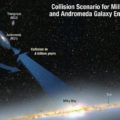
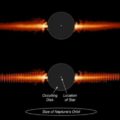
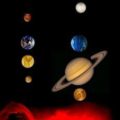
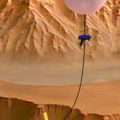



Comments are closed.